THE USE OF DERMAL PAPILLA CELLS IN STUDIES OF NORMAL AND ABNORMAL HAIR FOLLICLE BIOLOGY
October 1996
in “Dermatologic Clinics”
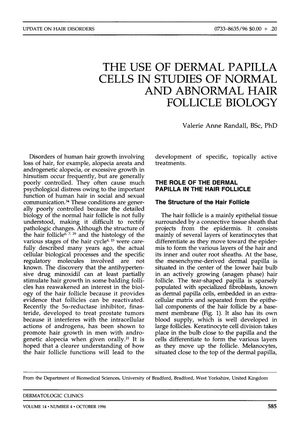
TLDR Dermal papilla cells are key for hair growth and could help us understand and treat hair loss.
The document from 1996 highlights the significance of dermal papilla cells in the regulation of hair growth and their potential role in hair disorders like alopecia areata and androgenetic alopecia. It acknowledges the complexity of hair follicle biology and the challenges in fully understanding and controlling hair disorders. The discovery of hair growth-stimulating drugs such as minoxidil and finasteride suggests that dormant follicles can be reactivated. The dermal papilla, crucial for hair growth, is smaller in balding follicles, and androgens may influence hair follicles through these cells. Cultured dermal papilla cells, despite being difficult to grow and maintain, have been shown to retain hair growth-promoting properties and can initiate hair follicle development when transplanted into animals. The document concludes that further research into the factors produced by these cells could provide deeper insights into both normal and abnormal hair follicle function.
View this study on sciencedirect.com →
Cited in this study

research Inductive Properties of Hair Follicle Cells
Hair growth can be induced by certain cells found at the base of hair follicles, and these cells may also influence hair development and regeneration.
research A comparison of the culture and growth of dermal papilla cells from hair follicles from non-balding and balding (androgenetic alopecia) scalp
research Androgen Induction of Follicular Epithelial Cell Growth Is Mediated via Insulin-like Growth Factor-I from Dermal Papilla Cells
Male hormones promote hair cell growth by using a growth factor from nearby skin cells.
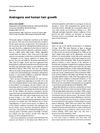
research Androgens and human hair growth
research Hormones and Hair Growth: Variations in Androgen Receptor Content of Dermal papilla Cells Cultured from Human and Red Deer (Cervus Elaphus) Hair Follicles.
Human hair growth is influenced by androgen hormones, and red deer mane follicles have similar hormone receptors.
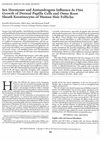
research Sex Hormones and Antiandrogens Influence In Vitro Growth of Dermal Papilla Cells and Outer Root Sheath Keratinocytes of Human Hair Follicles.
Certain sex hormones and antiandrogens can either slow down or speed up the growth of human hair follicle cells depending on their concentration.
research Cultured dermal papilla cells from androgen-dependent human hair follicles (e.g. beard) contain more androgen receptors than those from non-balding areas of scalp
Beard hair follicles have more androgen receptors than non-balding scalp hair follicles.
Related
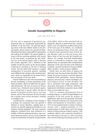
research Genetic Susceptibility to Alopecia
Certain mutations in the PADI3 gene may increase the risk of developing a type of scarring hair loss common in women of African descent.
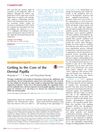
research Getting to the Core of the Dermal Papilla
The document concludes that understanding dermal papilla cells is key to improving hair regeneration treatments.

research THE USE OF DERMAL PAPILLA CELLS IN STUDIES OF NORMAL AND ABNORMAL HAIR FOLLICLE BIOLOGY
Dermal papilla cells are key for hair growth and could help us understand and treat hair loss.